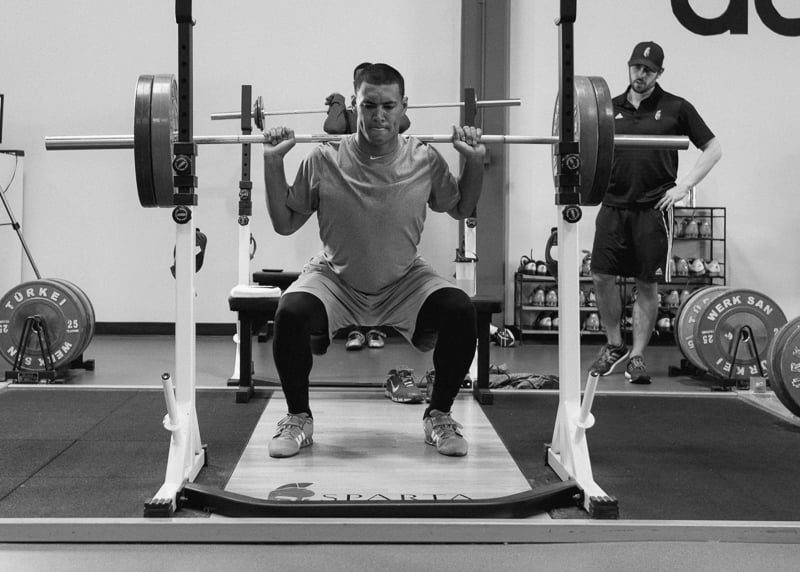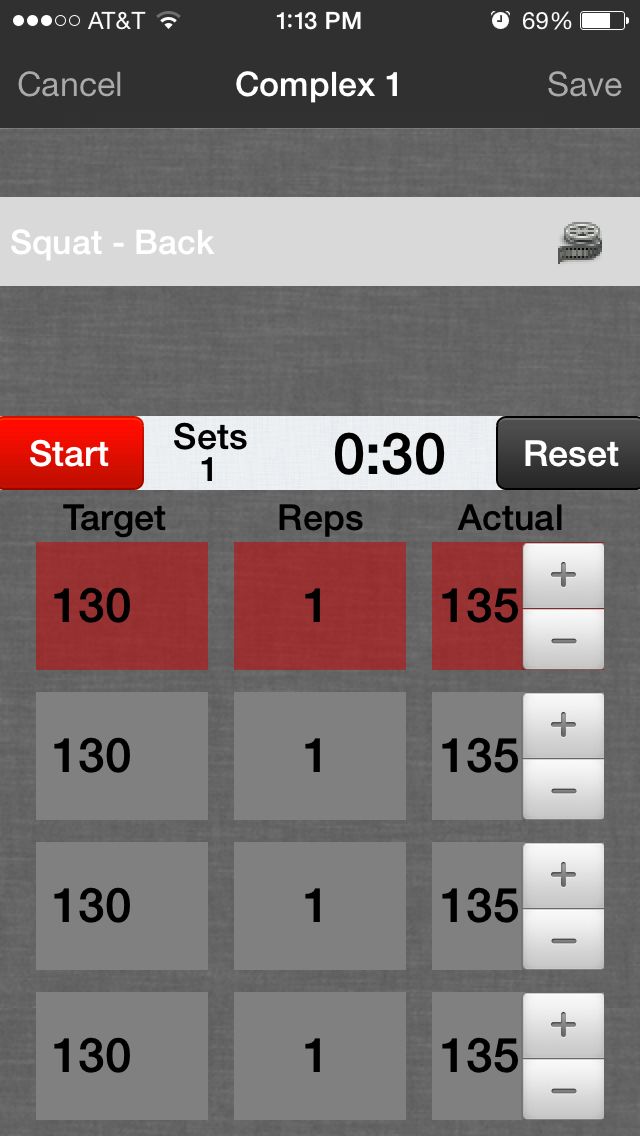
Can you run your maximum speed for 60 seconds continuously? How about lift maximally for 10 repetitions in a row? None of us can. These questions present a paradox because the idea of a maximum effort requires a far shorter duration of movement, and ultimately the realization that we are all limited by one thing….time. Time on this earth, time in the day, time available to train, and ultimately time available to exert your maximum physical abilities. The answer to this great obstacle of time is clusters.
Cluster sets have built-in rest periods allowing for more weight, reps, and total tonnage lifted. For example, instead of doing 1 set of 10 repetitions, you would perform 10 sets of 1 repetition with a short amount of intraset rest, say 30 seconds between each. So if you could only squat 100 kilograms for 1 set of 10 continuous repetitions, likelihood is you could squat at least 130 kilograms for 10 sets of 1 repetition of 30 seconds rest. The goal is to increase your work, or more specifically the tonnage, so your workout stimulus can be far greater than what could be achieved from just 1 set of 10 repetitions. Such larger stimulus has been shown in several publications to result in maintaining power, speed, and movement efficiency (i.e. bar path) throughout the set. So aside from greater stimulus and subsequent neuromuscular gains, the quality and safety of the movement can also be enhanced.
So since the goal is volume as well as the higher intensity of less repetitions, we recommend 10 sets. Any less than 10 sets and the volume gets to low and becomes a volume deloading period. For example, If I did 5 sets of 3 last week (15 total work reps) and this week I did 5 sets of 1, then I reduced my stimulus by 66%, which is correct in the right context (in-season, new exercise, soreness, etc.) but not the goal of cluster sets. More than 10 sets can work as well, but we run into the largest obstacle again…time. More than 10 sets starts to eat away at the time required for other objectives for that workout or day.
As a former Olympic weightlifter, my Polish coach had us do 20 sets of 1 repetition each day on a different movement (Clean, Snatch, Squat, etc.), but after this session there was no need for additional work because the sport didn’t require us to sprint, throw, catch, jump, etc.

Such an advantage requires one component which is absent from most training, a timer. While this concept of precise rest is often applied on the track or field, it is all but absent in the weight room. With such a short rest period you need a running clock to notify when the next set begins. Often times, larger lifts require set up, stepping out of the rack, setting your feet, big breath, then descending downward for a squat. So the timer should not be rest but all inclusive. Taking 30 seconds is for the rep and the rest, not just the rest.
The other key portion of this many “work sets” is documentation. Hopefully, you attain a similar performance on all 10 sets, but where do you record it? How do you see what you recorded last week? Both solutions benefit greater from a phone, particularly an app that easily combines time, previous week’s performance, and the current week.
Many studies have looked at this concept with real movements (sorry, leg extension) and found anywhere from 27-45 seconds of rest is ideal for trained athletes. We do a running 1 minute timer on our app between work sets. When the duration of a repetition and its set-up (15-30sec) is subtracted from the 1 minute, our set-up produces the same recommendation in the research.
The goal is more tonnage or work (maximum efforts with greater volume) so use maximum effort movements; squat, split squat, deadlift, clean, sprint, vertical jump, etc. Looking at clusters for leg extensions or rotator cuff just missed the concept.
Use a timer and record set results during the brief rest you have. With such higher volumes (10 sets), you won’t remember accurately what you did today or last week, not to mention what set you are on (set 7 or 8??). Plus guessing on your time or watching the second hand of a clock is equally inaccurate and we all cheat to help ourselves!